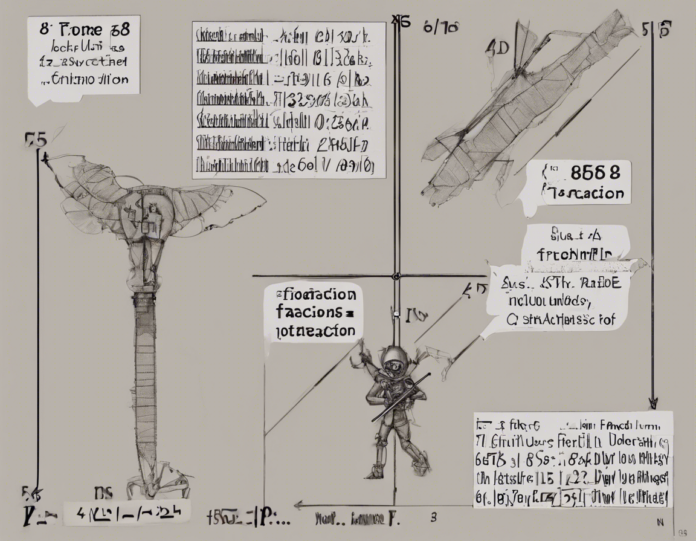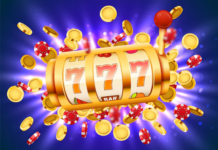In mathematics, converting decimals into fractions is a fundamental skill that comes in handy in various equations and calculations. When it comes to the decimal 0.875, expressing it as a fraction provides a clearer representation of its value in terms of whole numbers.
Converting 0.875 to a Fraction:
To convert 0.875 to a fraction, it’s important to understand the place value of each digit in the decimal. In the number 0.875, the 8 is in the tenths place, the 7 is in the hundredths place, and the 5 is in the thousandths place.
Steps to Convert 0.875 to a Fraction:
-
Identify the Decimal Place Value: Recognize that the digit 8 is in the tenths place, 7 is in the hundredths place, and 5 is in the thousandths place.
-
Create the Numerator: The numerator is the decimal number without the decimal point. For 0.875, the numerator is 875.
-
Determine the Denominator: The denominator is based on the decimal place value. Since 875 has three digits after the decimal point, the denominator will have three zeroes (1000) to represent the thousandths place.
-
Simplify the Fraction: Divide both the numerator and denominator by the greatest common divisor (GCD) to simplify the fraction.
Putting it Together:
Following the steps above, the decimal 0.875 as a fraction is expressed as 875/1000. To simplify this fraction, we can divide both the numerator and denominator by 125, which yields 7/8. Therefore, the simplified form of 0.875 as a fraction is 7/8.
By converting decimals to fractions, mathematical operations involving these numbers become more manageable, helping in various calculations, comparisons, and problem-solving situations.
FAQs:
- What is a decimal?
-
A decimal is a number expressed in the base-ten numerical system using the digits 0 to 9 and a decimal point to indicate the place value of each digit.
-
Why is it important to convert decimals to fractions?
-
Converting decimals to fractions helps provide a clearer representation of the numerical value in terms of whole numbers and aids in simplifying calculations.
-
How do you convert a decimal to a fraction?
-
To convert a decimal to a fraction, identify the place value of the decimal, create the numerator from the decimal number, and determine the denominator based on the decimal place value.
-
What is the simplest form of a fraction?
-
The simplest form of a fraction, also known as the reduced form, is when the numerator and denominator have no common factors other than 1.
-
Can all decimals be converted to fractions?
- Yes, all terminating decimals (decimals that end) can be converted to fractions. However, repeating decimals (decimals that have a recurring pattern) are expressed differently as fractions.
In conclusion, converting 0.875 to a fraction as 7/8 provides a more precise and understandable representation of this decimal number. This process of conversion aids in various mathematical calculations and enhances the understanding of numerical values in different forms.









